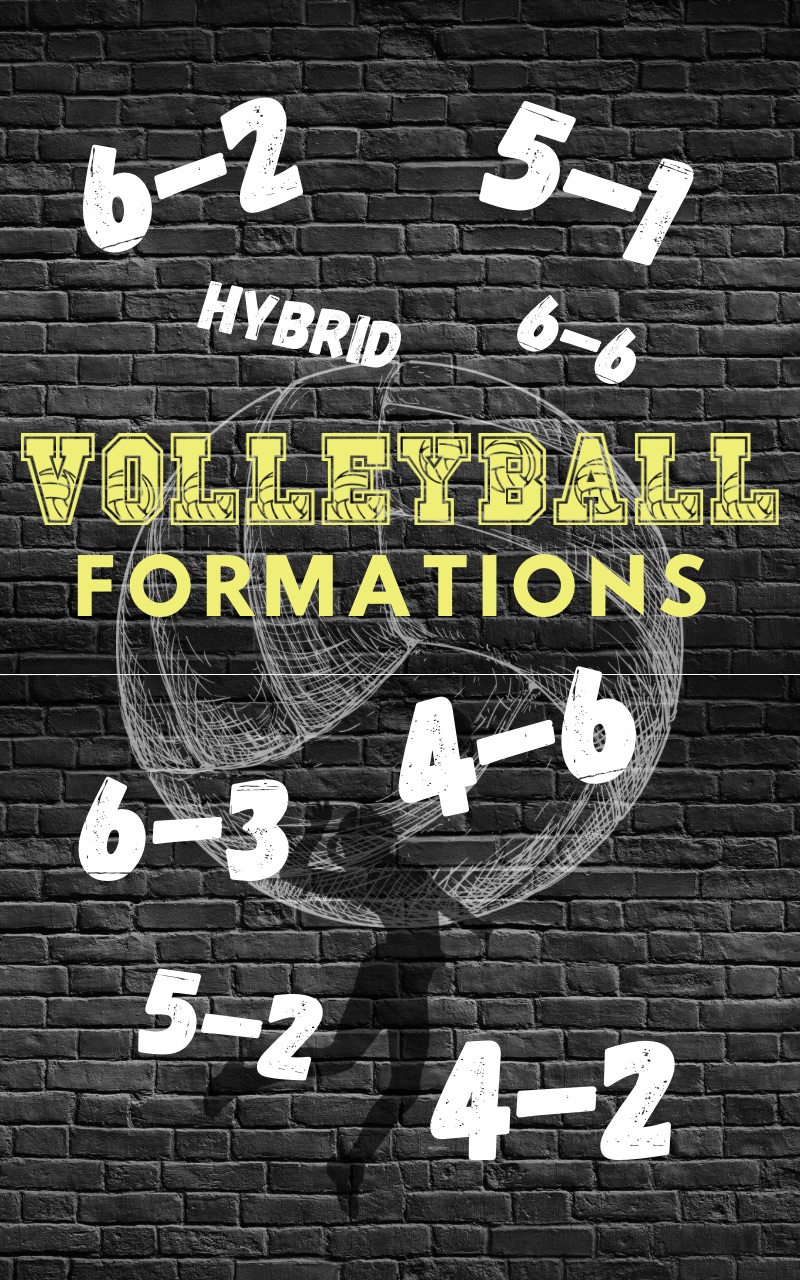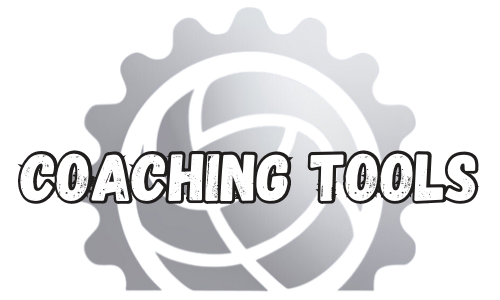
|
Volleyball Serving Techniques and Drills for Accuracy and Power
| |

Serving Techniques for Accuracy and Power: 1. Footwork and Stance: • Start with your non-dominant foot forward and your weight evenly distributed. • Maintain a balanced and relaxed posture to generate power from your legs. 2. Tossing the Ball: • Consistency in the toss is crucial. Aim for a high toss that reaches your hitting arm’s contact point. • For "float serve" use your non-dominant hand to toss (lift) the ball consistently in the desired spot. For topspin use your hitting hand to toss/spin the ball up at least 2 times your height so that you have enough time to do an approach. 3. Contact Point: • Contact the ball in front of your hitting shoulder. This ensures accuracy and power in your serve. 4. Follow-Through: • After contact, follow through with your serving hand in the direction you want the ball to go. • A high and controlled follow-through is essential for accuracy. Serving Drills for Accuracy and Power: 1. Target Serving: • Set up targets on the court, such as specific zones or spots. • Have players serve to these targets, focusing on accuracy. • Gradually increase the power as accuracy improves. 2. Consistent Tossing: • Have players practice their tossing technique without hitting the ball. • Focus on maintaining a consistent and high toss to the same spot. 3. Progressive Power Drills: • Start with controlled serves and gradually increase the power. • Encourage players to maintain accuracy as they generate more power. 4. Serving Under Pressure: • Simulate game situations by introducing competitive elements to practice. • For example, create a serving game with consequences for missed serves to simulate in-game pressure. 5. Video Analysis: • Record players’ serves for later analysis. • Review serves to identify areas of improvement in technique, accuracy, and power. 6. Consistency Challenge: • Set a goal for consecutive serves in a target area before players can move to the next level of power. • This promotes consistency and accuracy. Conclusion: Serving with accuracy and power is a critical skill that can tip the balance in volleyball matches. By focusing on fundamental techniques and incorporating targeted drills, players can enhance their serving abilities and become formidable assets to their teams. Whether it’s a precision topspin serve or a deceptive float serve, a well-practiced serve can disrupt opponents, secure points, and elevate a player’s overall impact on the game. |

 Purchase Ebook on Amazon Purchase Ebook on Amazon
|
Volleyball techniques Volleyball strategies Volleyball drills Volleyball skills Volleyball fundamentals Volleyball tips Volleyball training Volleyball coaching Volleyball playbook Volleyball exercises Volleyball equipment Volleyball gear Volleyball practice Volleyball coaching tips Volleyball playing tips Volleyball tutorials Volleyball lessons Volleyball techniques for beginners Volleyball skills development Volleyball coaching tools Volleyball teaching aids Volleyball improvement tips Volleyball tactics Volleyball game strategies Volleyball mental preparation Volleyball injury prevention Volleyball nutrition tips








